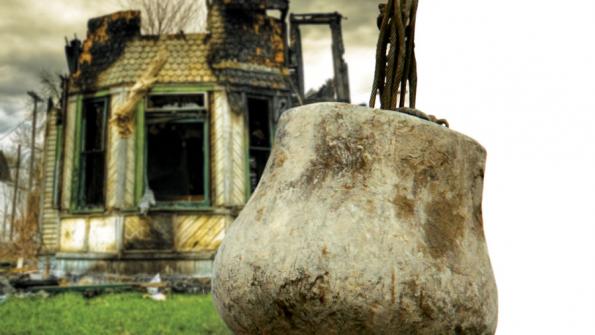Indianapolis fights to eliminate abandoned homes
Morale and property values increase
Walton believes that ridding neighborhoods of unsafe structures improves the morale and property values in the area, and reduces criminal activity. However, it sometimes is a challenge to convince neighbors of those benefits. Often, they disagree that a vacant lot is better than a vacant home. “People say vacant lots are no better than a [vacant] house,” Walton says. “However, studies show that once the house is removed, neighbors are interested in the vacant land, therefore, purchasing land, expanding their parcel space and getting it back on the tax rolls.”
The lots are still privately owned after the structure comes down but they have a demolition lien. The city’s Treasury Office works with the landowner who is willing to sell and then removes the demolition lien so the neighbor can purchase the lot, Walton says.
Cities also have to work with historical preservationists on abandoned building issues. Often, preservationists argue buildings should be restored, not destroyed, Walton says. So, the department works with the city’s historic preservation committee to review every property to ensure it does not have significant historical value.
By removing 2,000 structures this year, Indianapolis will make way for redevelopment and will change the face of urban decay to revitalization, Walton says. He believes the Rebuild Indy Project, which is taking forsaken neighborhoods and revitalizing them for a better tomorrow, will help pull the city out of its economic decline, while protecting the lives of firefighters and residents. “We want to take this opportunity to reduce the urban decay and make Indy the viable and thriving community it was prior to the recession,” he says.
Mary Rose Roberts is the associate editor for Fire Chief and Urgent Communications, sister publications of American City & County.
















